Our History
The Office for Public and Community-Engaged Scholarship was created in 2001 as a unit within the Division of Continuing Education and is supported by the Office of the Chancellor, the Office of the Provost and the Division of Continuing Education. Office staff report to Scott Battle, who is the dean of Continuing Education and vice provost for Outreach and Engagement.
The office builds on a century of innovative outreach and engagement, which started in 1912 when the Department of University Extension was founded. Since that time, what is now Continuing Education has powerfully influenced the development of higher education and public life in Colorado through a variety of programs.
Early years (1875 to 1969)
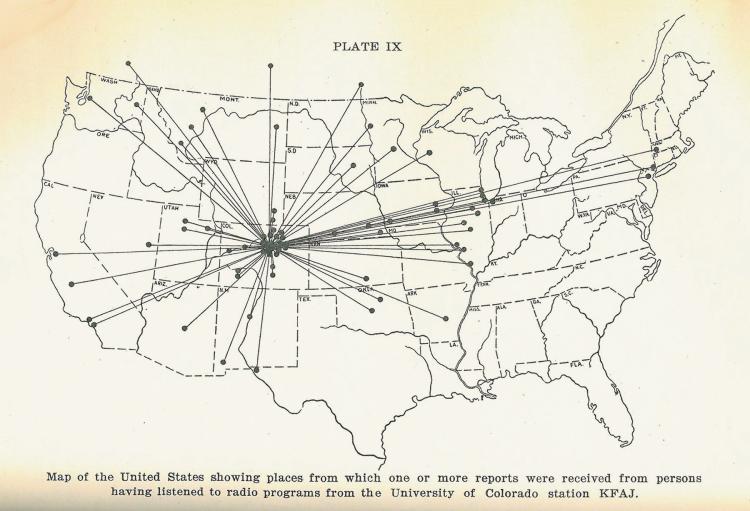
Despite the university’s charge to serve all the residents of Colorado, stipulated in a federal land grant in 1875 and enshrined in the state’s constitution of 1876, efforts to reach beyond Boulder and its immediate vicinity were relatively few in the early years. Institutional support and coordination of such activities were also quite limited. This changed when in 1911 the Board of Regents unanimously approved the creation of a new department of University Extension.
In 1912 Loran D. Osborn was recruited to serve as University Extension’s first director. A few months into the job, he summed up the unit’s purpose as follows:
"Only a fortunate few have the privilege of being in residence at the University of Colorado…Its expert resources are too valuable an asset to the state to be thus limited. They should be at the disposal of individuals who cannot come within the college walls, and communities which are seeking information and guidance in solution of the complex problems of modern life."
With this guiding philosophy and in close partnership with academic departments, Extension undertook a wide range of activities and programs: expanding correspondence and “home reading” course offerings, language and citizenship programs for international residents, the state’s first public radio broadcasting effort, Community Health Conferences statewide, the creation and hosting of the Colorado Municipal League, first local and then the state Chamber of Commerce, and regional outreach centers that evolved quickly into independent institutions of higher learning—notably in Grand Junction, Trinidad and Alamosa.
The extension service would eventually bring public lectures, university courses and even degree programs to cities and towns throughout the state, to members of the Civilian Conservation Corps, military veterans and prison inmates. Correspondence courses brought CU Boulder offerings within reach for active-duty military personnel and high school students. Extension staff created an audiovisual library and instructional resources and produced programming for Denver’s educational television channel. Responsive to the state’s many diverse needs, programs soon ranged from real estate appraisal to “Great Decisions” foreign policy discussions.
By the end of the 1960s, CU had powerfully contributed to the civic, cultural and economic life of Colorado through public and community-engaged scholarship.
1970 to 2006
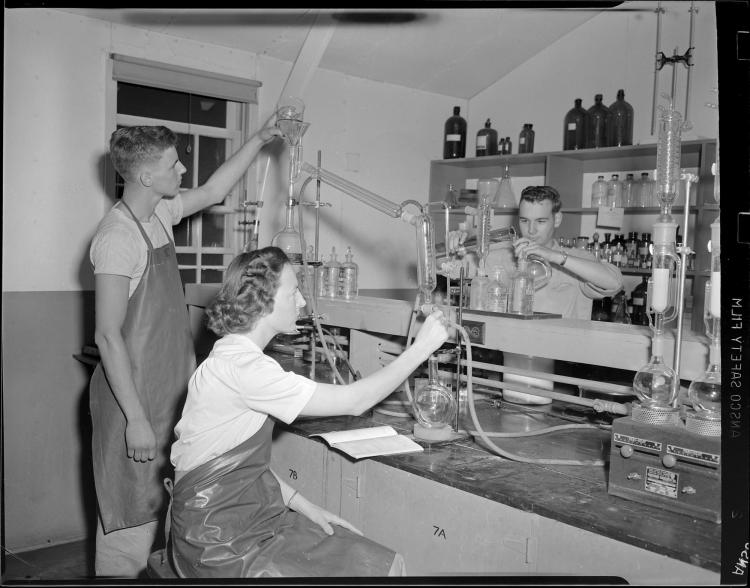
The year 1970 augured big changes for CU’s public and community engagement infrastructure. Following a self-study the name Extension was changed to Continuing Education. Then in 1972 voters approved a statewide ballot initiative that transformed the Denver and Colorado Springs Extension Centers, established in 1930 and 1952 respectively, into independent campuses and CU into a multi-campus system. As a direct result, the state discontinued financial support for CU Boulder-based extension work in 1973.
While state funding may have ended, the university’s mission of public service had not. Continuing Education reinvented itself and soon became self-funding. Since then, it has continued to serve CU Boulder as a center of innovation and public outreach, playing a key role in English instruction for international students through the International English Center, STEM education outreach through Science Discovery as well as evening and online courses, degree completion and professional master’s programs (such as the Master of Science in Organizational Leadership) for traditional and nontraditional students.
Public and community-engaged scholarship regained some institutional support in 1986 when Vice Chancellor Bruce Ekstrand established a grants program to support faculty-led efforts across the state. In 1998, the CU Boulder Outreach Awards Committee was established to provide a rigorous peer review of proposals. Around this time Continuing Education took over the initiative, and in 2001 a coordinator was hired. As new activities and staff were added they were consolidated as the Office for University Outreach.
2007 to present
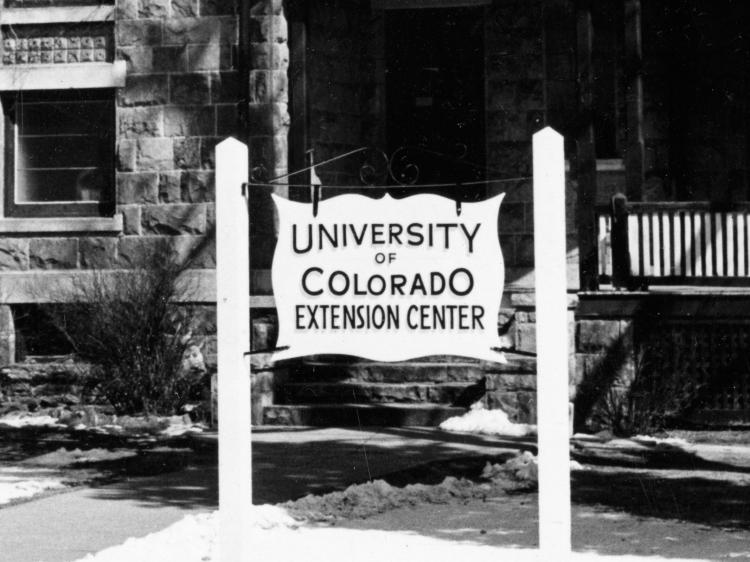
Building upon the momentum of activities that were coalescing around the Office for University Outreach, CU Boulder returned to a campus-level commitment in 2007 with the adoption of the Flagship 2030 strategic plan. Subtitled “Serving Colorado, Engaging in the World,” the plan called for greater investment in partnerships with communities that harness the university’s academic resources to address public issues.
To this end, several specific recommendations were adopted. The Office for University Outreach was renamed the Office for Outreach and Engagement and charged with leading campus strategy and building the campus’s capacity to undertake public and community-engaged scholarship. An executive leadership role was created as the dean of Continuing Education assumed additional responsibilities as associate vice chancellor (now vice provost) for outreach and engagement. Then in 2010, the Council of Deans adopted an updated campus definition of outreach and engagement that put public and community-engaged scholarship at the center.
Since that time, multiple initiatives have developed, grantmaking and other support structures have been formalized and expanded and the staff has grown. The office has sponsored institutional memberships with leading national organizations such as Campus Compact and the Engagement Scholarship Consortium. It increasingly collaborates with other campus-level units supporting innovative scholarly work, such as the Research and Innovation Office (RIO), the Office of Faculty Affairs (OFA), and the Center for Teaching and Learning (CTL). As a convener, coordinator and advocate, the office maintains close relationships with the Volunteer Resource Center (VRC) in student affairs, and the Center for Community-Based Teaching and Learning (CU Engage) in the School of Education.
The Academic Futures 2018 report The Future of CU Boulder as a Public University: Embracing the Core Mission of Furthering the Public Good reiterated the importance of public scholarship for a foward-looking university and as a way to influence what constitutes the public good.
In early 2024, the office was renamed the Office for Public and Community-Engaged Scholarship to clarify its role in relation to the academic mission and its distinctness in relation to other forms of non-scholarly “outreach and engagement” that have developed over the years (notably in student recruitment, fundraising, public and government relations, and more).
A Century of Outreach and Engagement
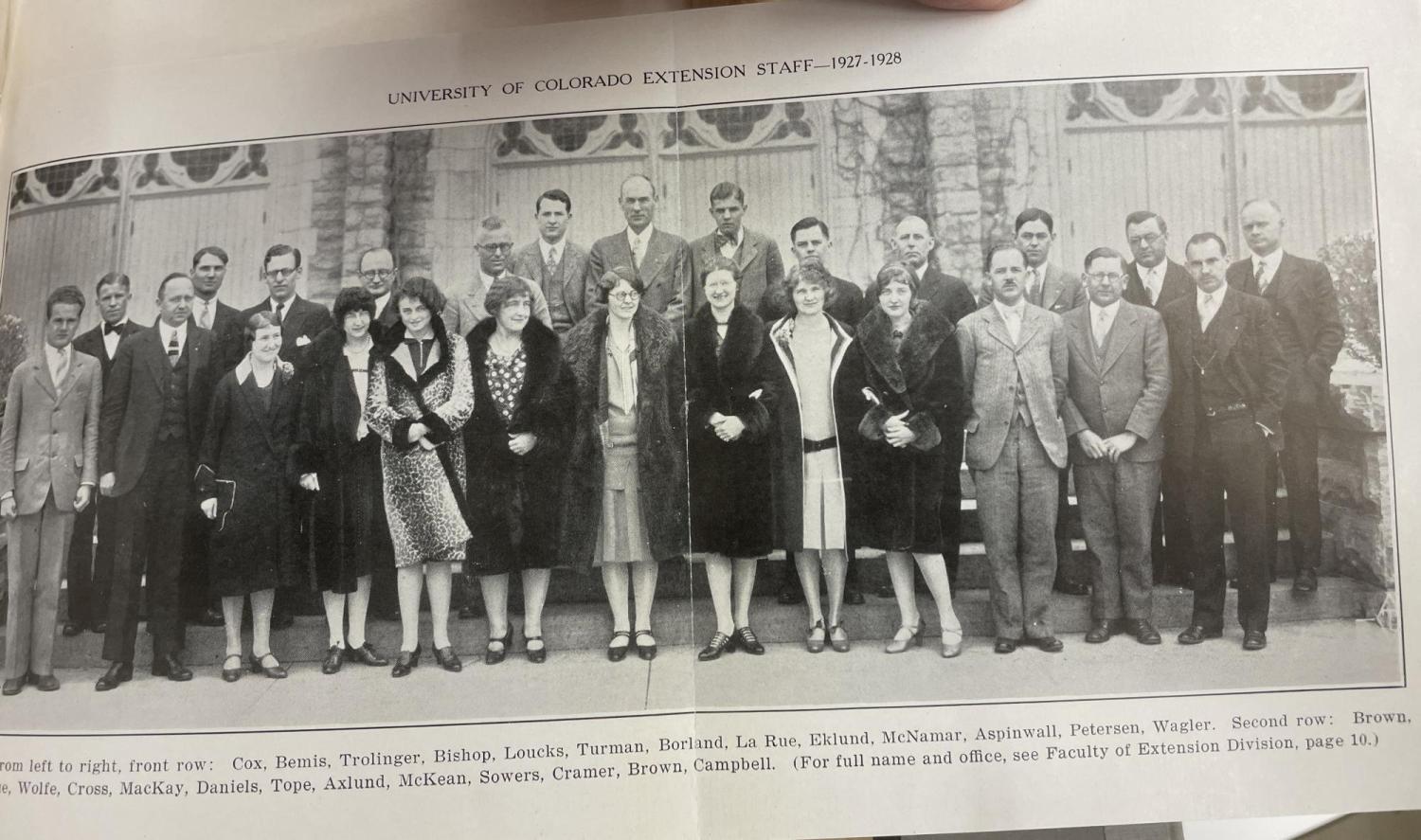
1912
Department of Extension Starts
CU starts Department of Extension to offer outreach across Colorado and beyond. Early programming includes lectures, courses, public radio broadcasts and clinics.
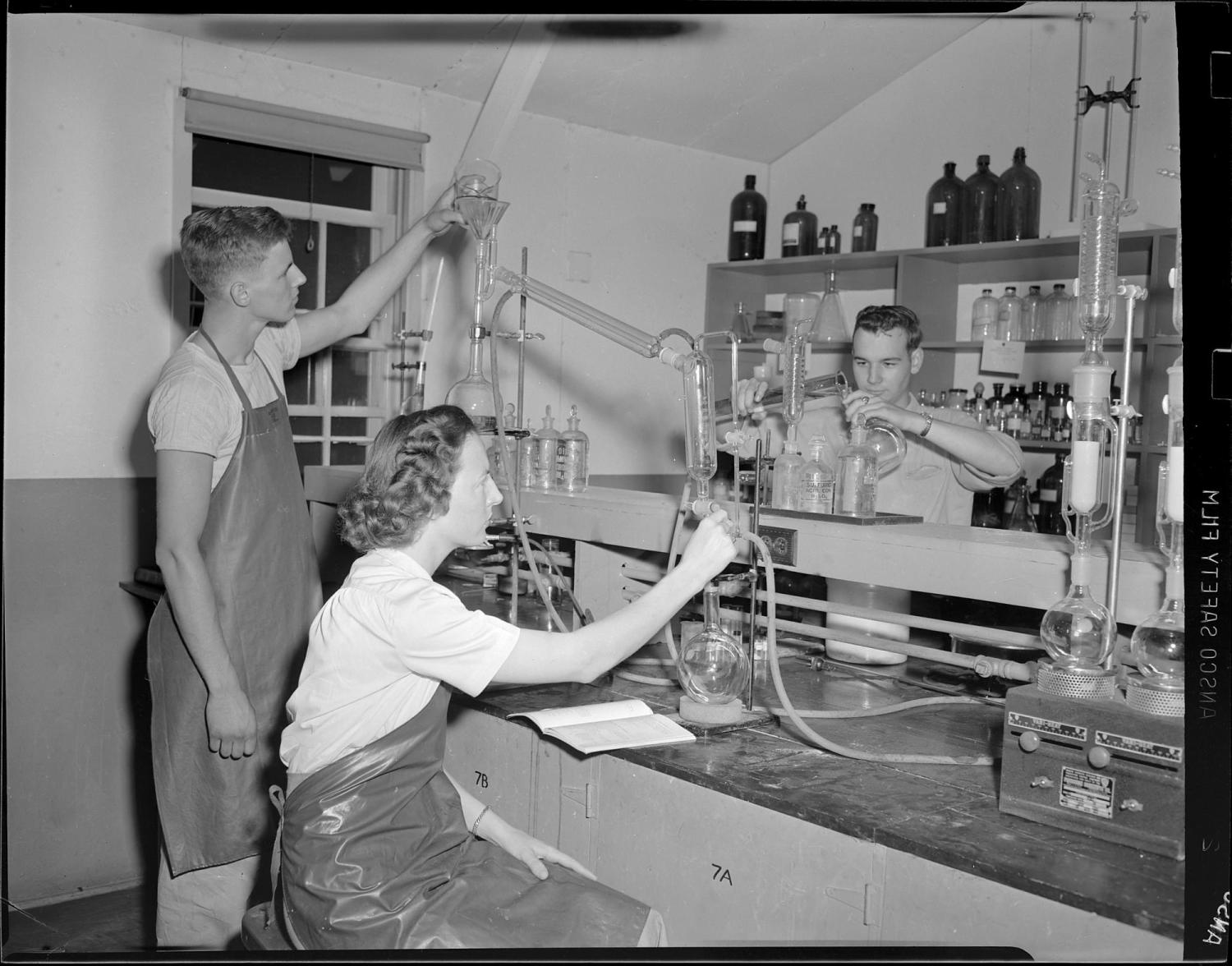
1930
Extension Opens Outreach Center in Denver
This center would eventually become the CU Denver campus
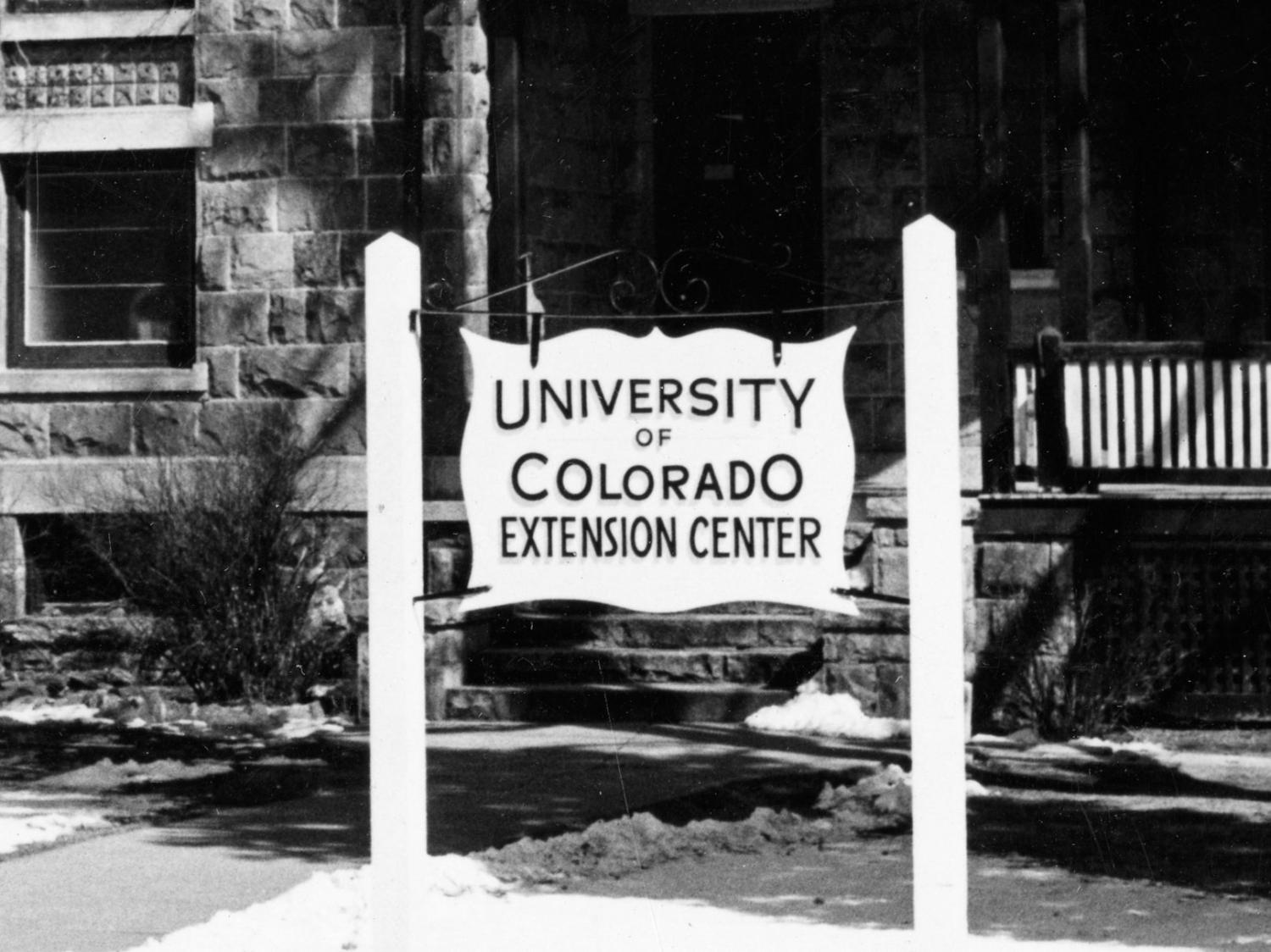
1952
Extension Opens Outreach Center in Colorado Springs
This center would eventually become the CU Colorado Springs campus
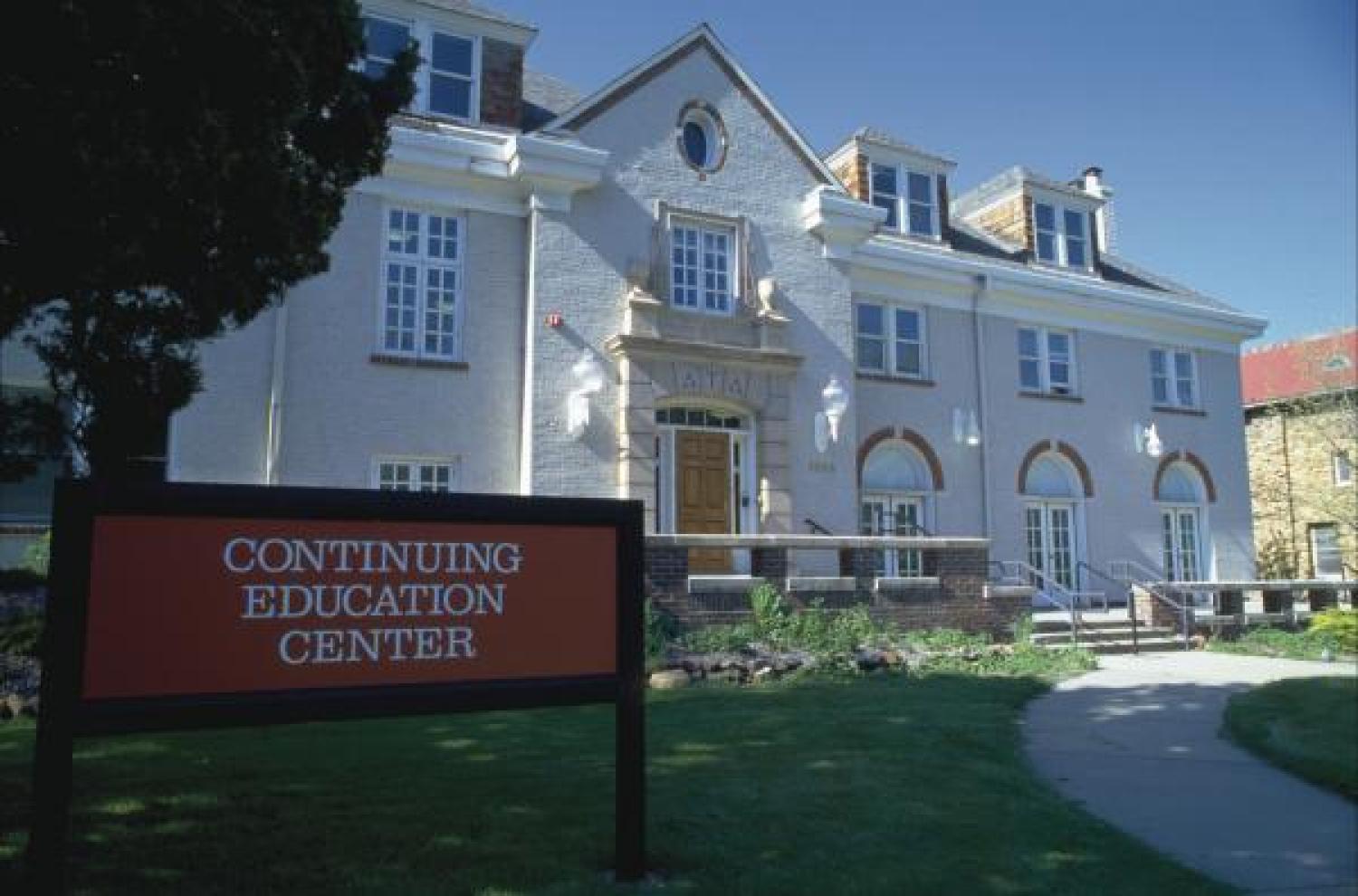
1970
Extension Becomes Continuing Education
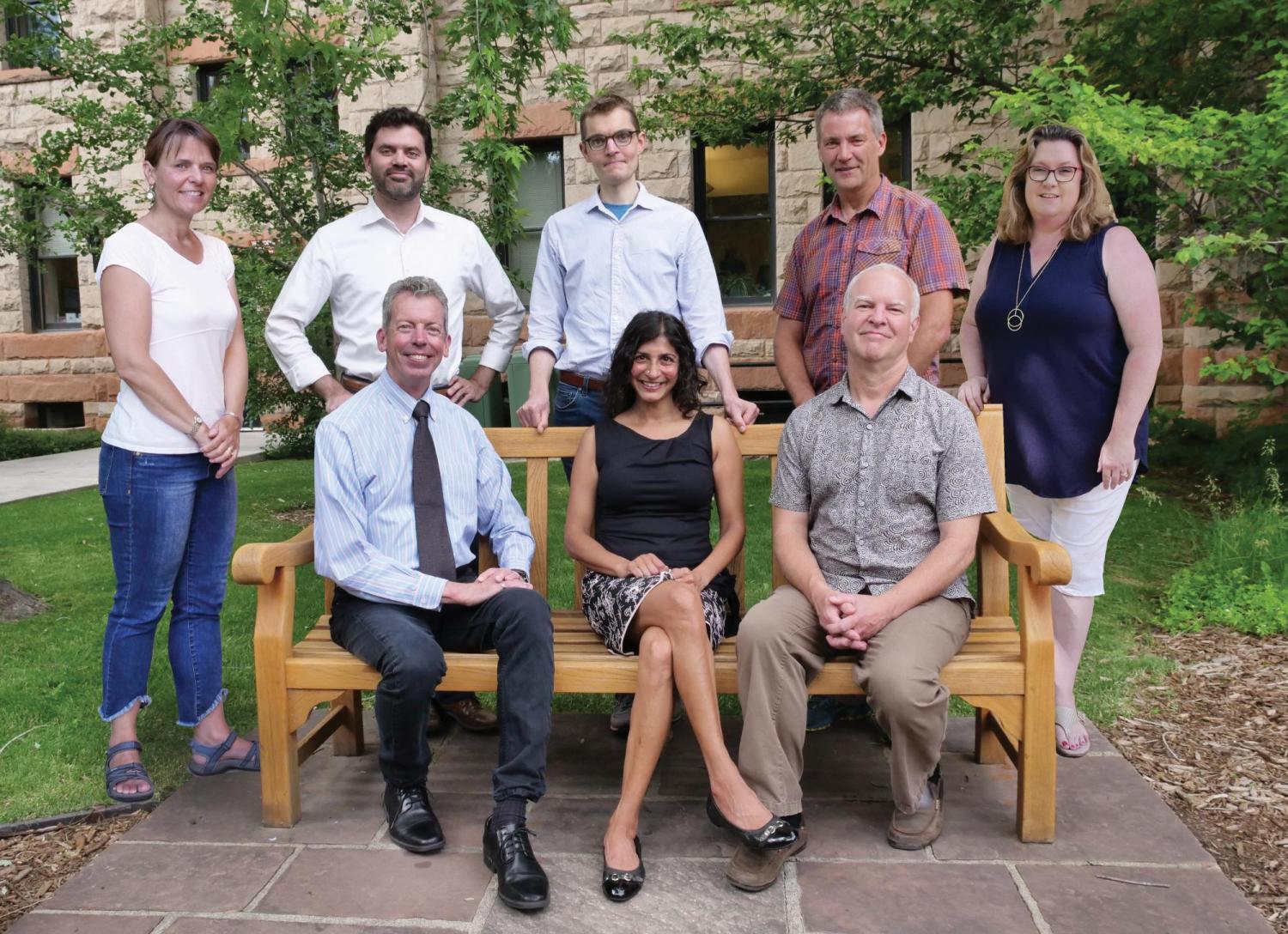
1998
Outreach Awards Started
Outreach Awards are started to bolster support for faculty-led outreach, selected by the CU Boulder Outreach Awards Committee.
2001
Office for University Outreach Begins
Support for CU Boulder outreach and engagement activities begin to coalesce under the purview of the Division of Continuing Education.
2006
CU in the Community Starts
CU Boulder faculty shared their research and creative work through public presentations around the state as part of the CU in the Community program. Long-term partnerships took place in Fort Morgan from 2006-2009 and Trinidad from 2008-2016.
2007
Library Series Begins in Boulder
CU Boulder faculty shared their research and creative work through public presentations at local libraries as part of the CU at the Library series in Boulder, Longmont and Louisville.
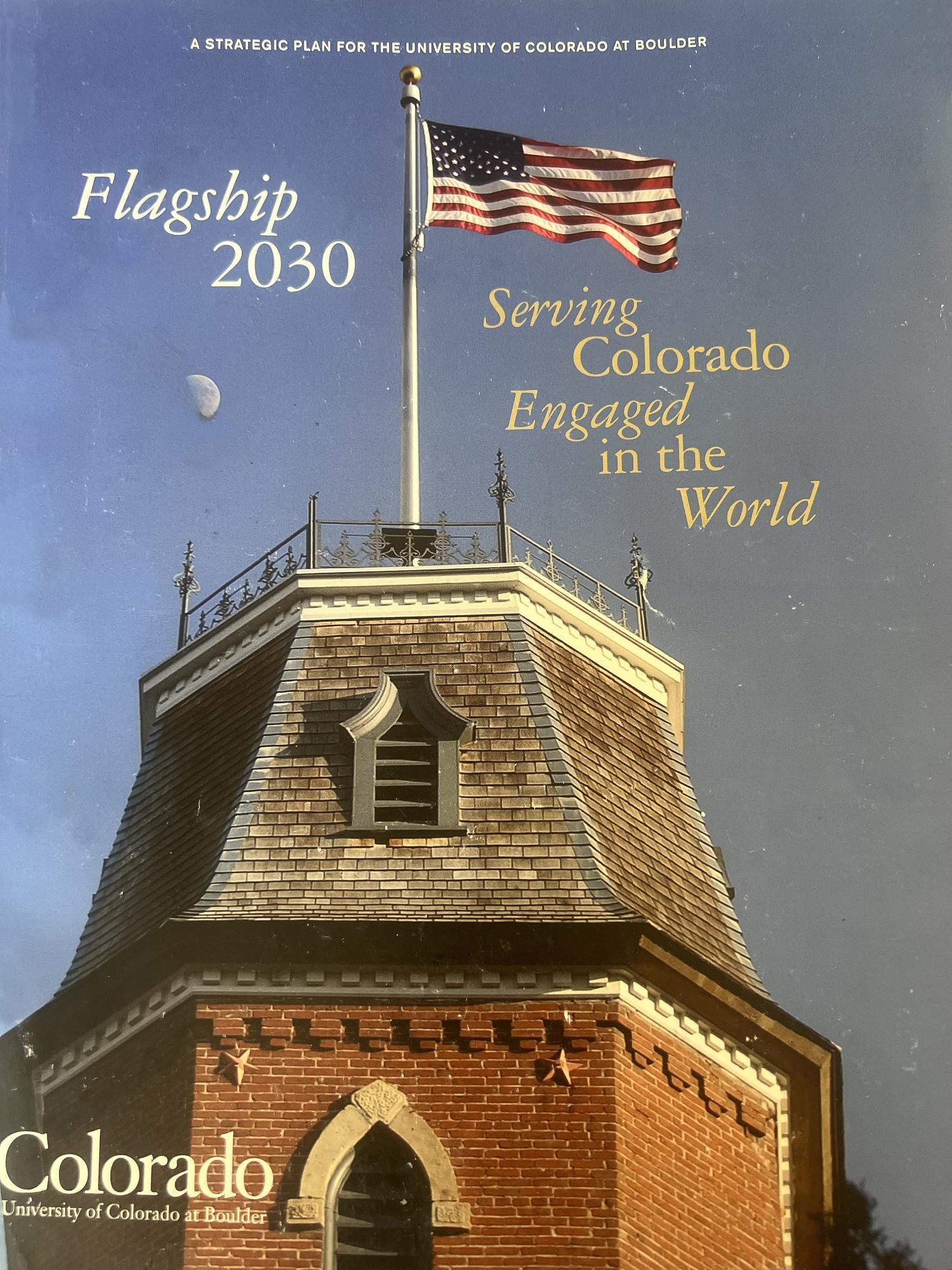
2007
Flagship 2030 Adopted
Building upon the momentum of activities that were coalescing around the Office for University Outreach, CU Boulder returned to a campus-level commitment in 2007 with the adoption of the Flagship 2030 strategic plan. Subtitled “Serving Colorado, Engaging in the World,” the plan called for greater investment in partnerships with communities that harness the university’s academic resources to address public issues.
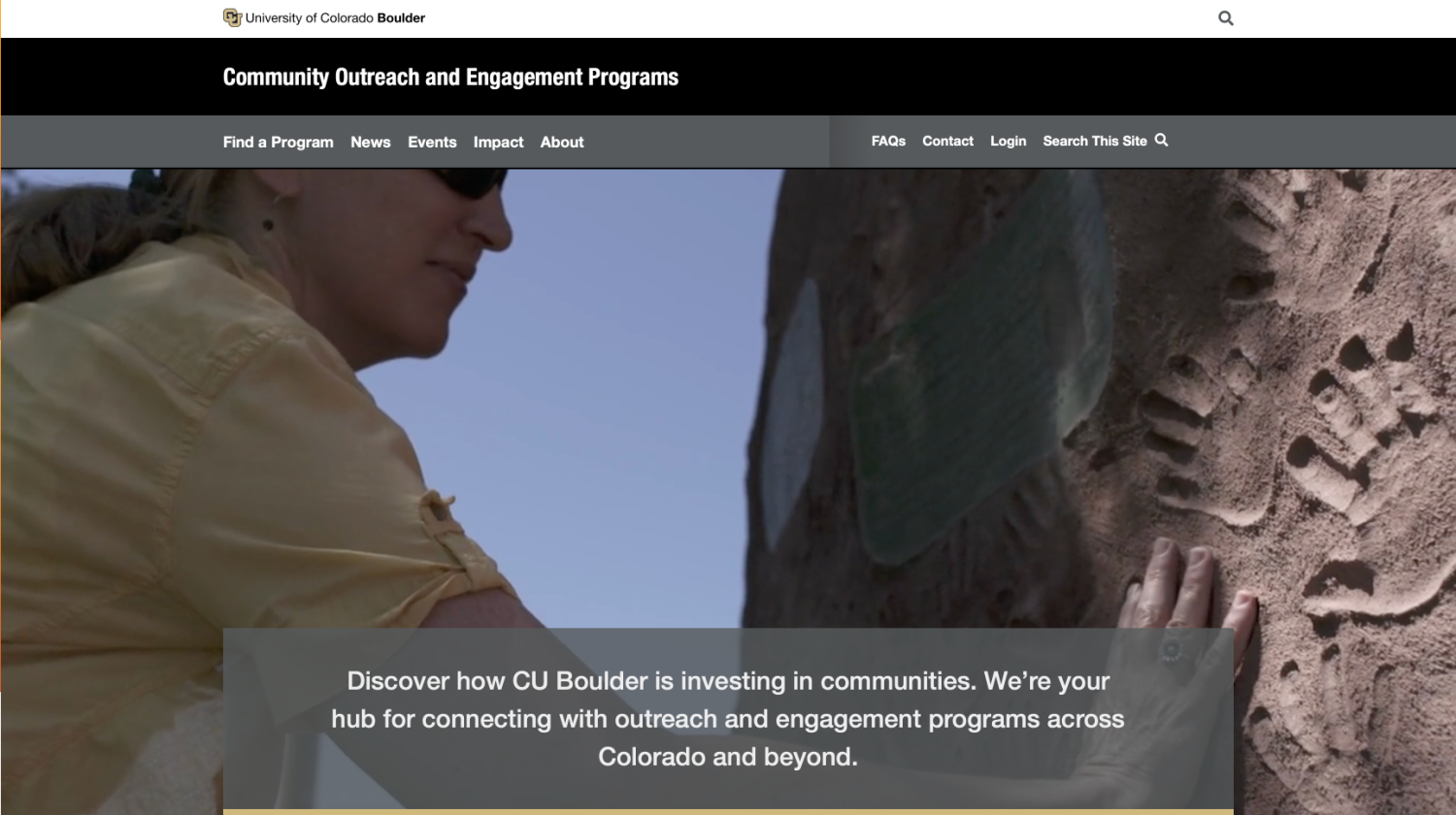
2008
Community Outreach and Engagement Programs Website Launches
Community Outreach and Engagement Programs website launches to help track outreach and engagement activities by the CU Boulder faculty and staff.
2009
Learn More About Climate
Learn More About Climate shared the work of CU Boulder’s climate scientists with Colorado citizens through a series of educational videos. Scientists explained how climate change affects our state, while citizens shared stories and solutions. The website also provided K-12 lessons and resources for those who wanted to learn about climate change and how the choices they make each day affects the planet.
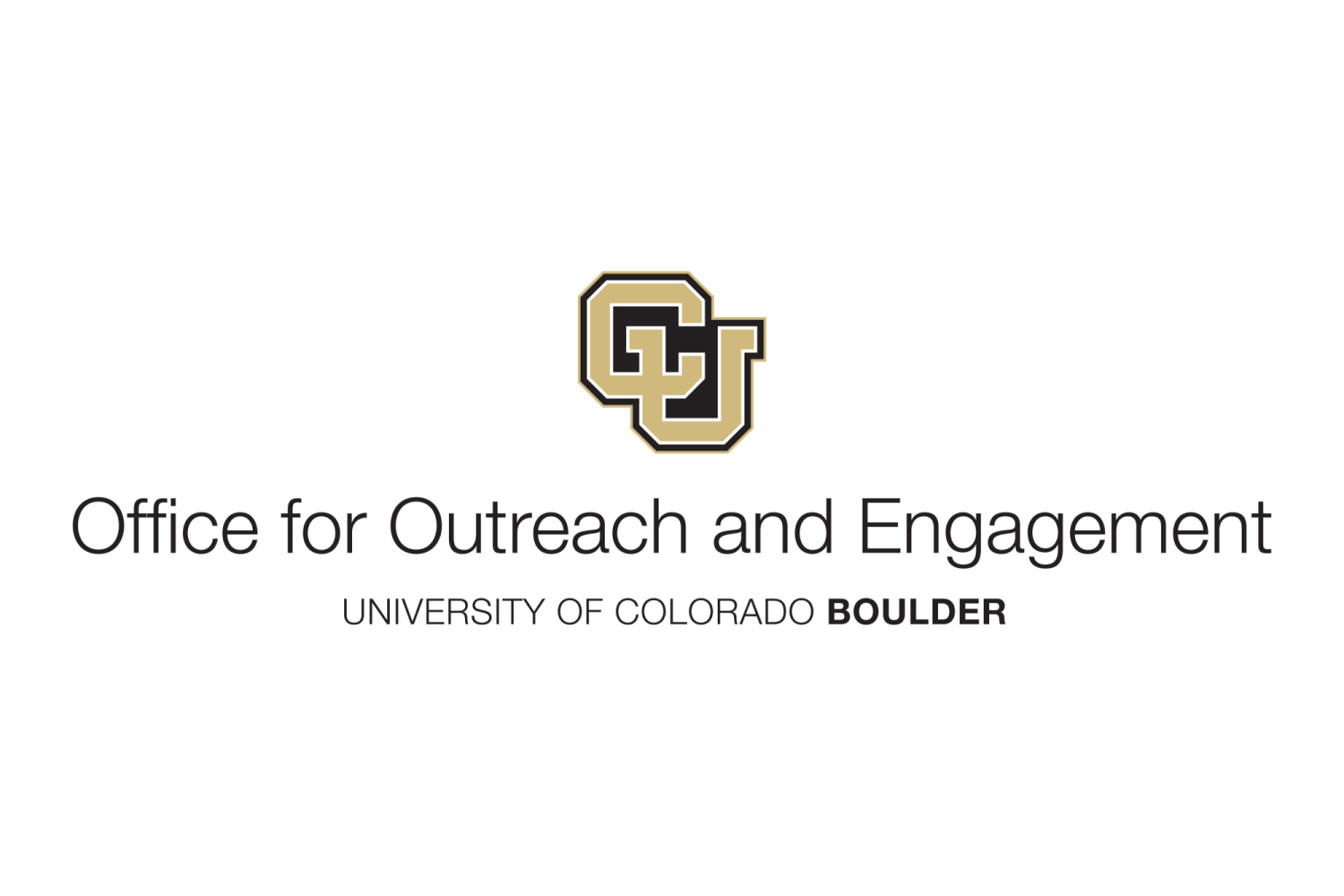
2009
Flagship 2030 Formalizes Campus Commitment
The Office for University Outreach renamed to Office for Outreach and Engagement in alignment with the adoption of the campus' Flagship 2030 strategic plan.
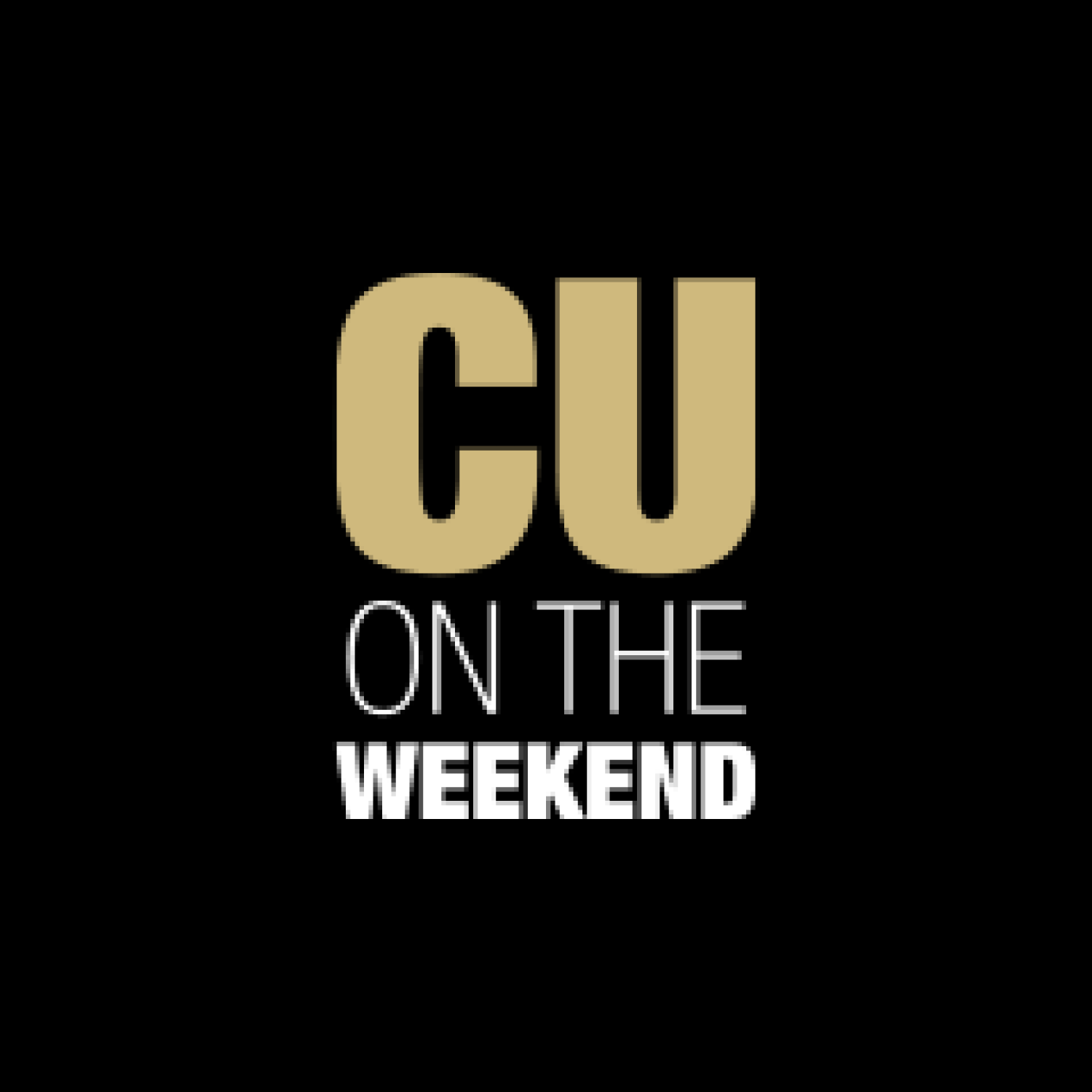
2011
CU on the Weekend begins
For more than two decades, CU on the Weekend presented lectures for the public. CU Boulder’s finest scholars shared their cutting-edge work from nearly all fields and disciplines. The series officially produced its last two programs during Fall 2023
2015
First Anne K. Heinz Staff Award
Award given to a staff member who goes above and beyond to establish and support community-engaged scholarship.
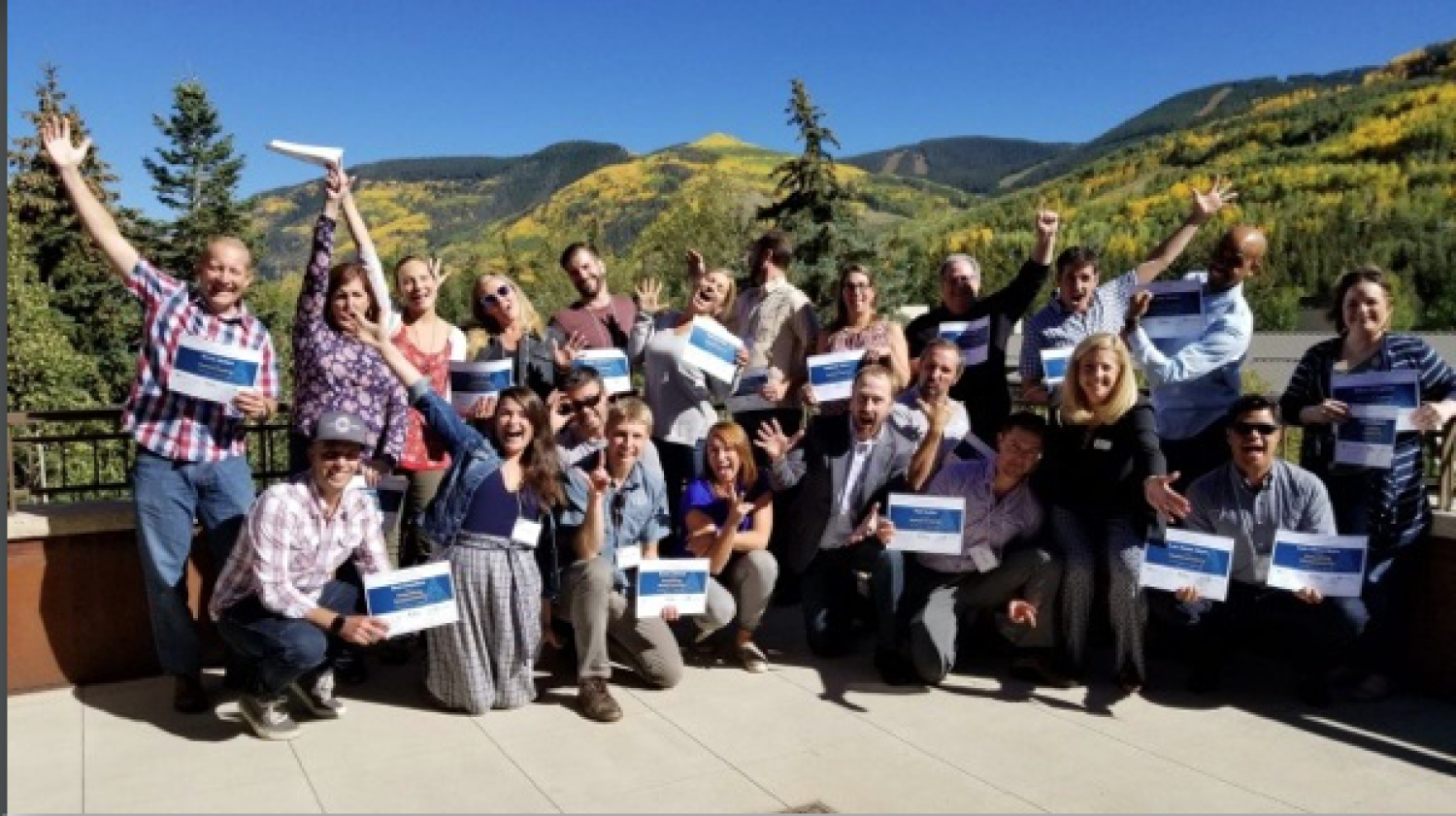
2017
Micro Grants and Community Impact Grants Established
The Office for Outreach and Engagement establishes two additional grant cycles to foster smaller-scale projects or new public and community-engaged scholarship work
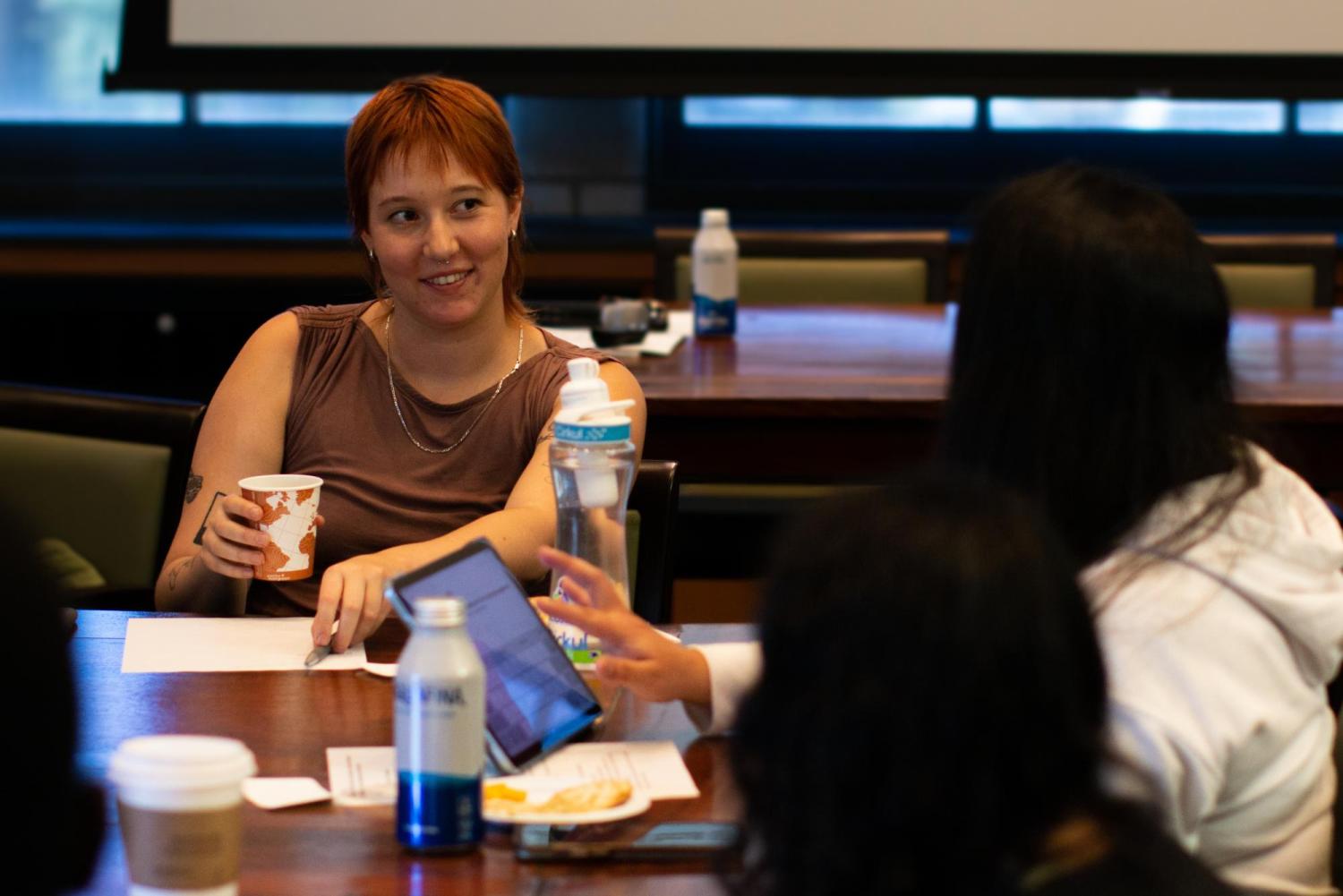
2018
Engaged Arts and Humanities Scholars Program begins
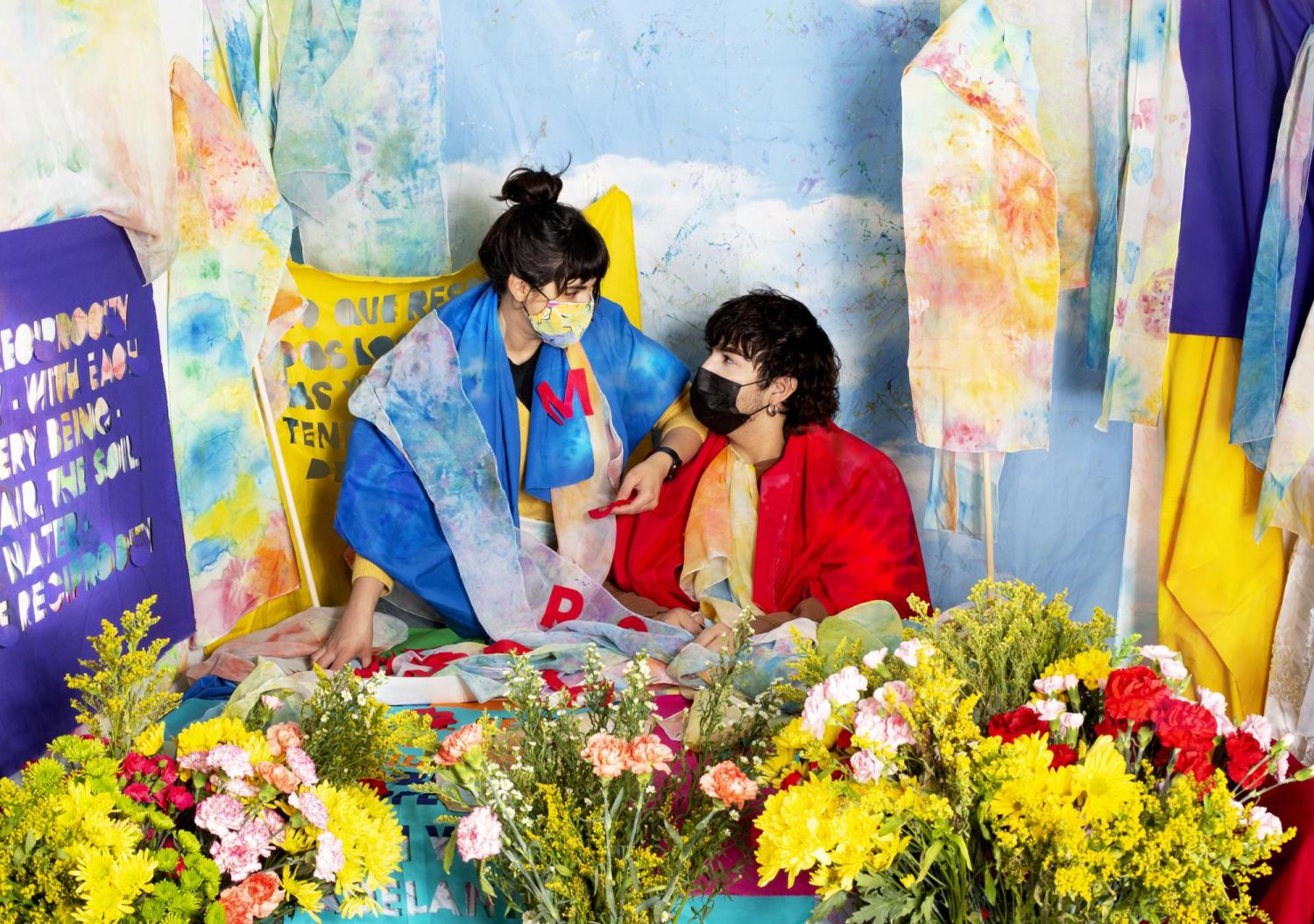
2021
Art + Science + Action Program begins
The program would eventually transition into the Colorado Art Science Environment program in 2022
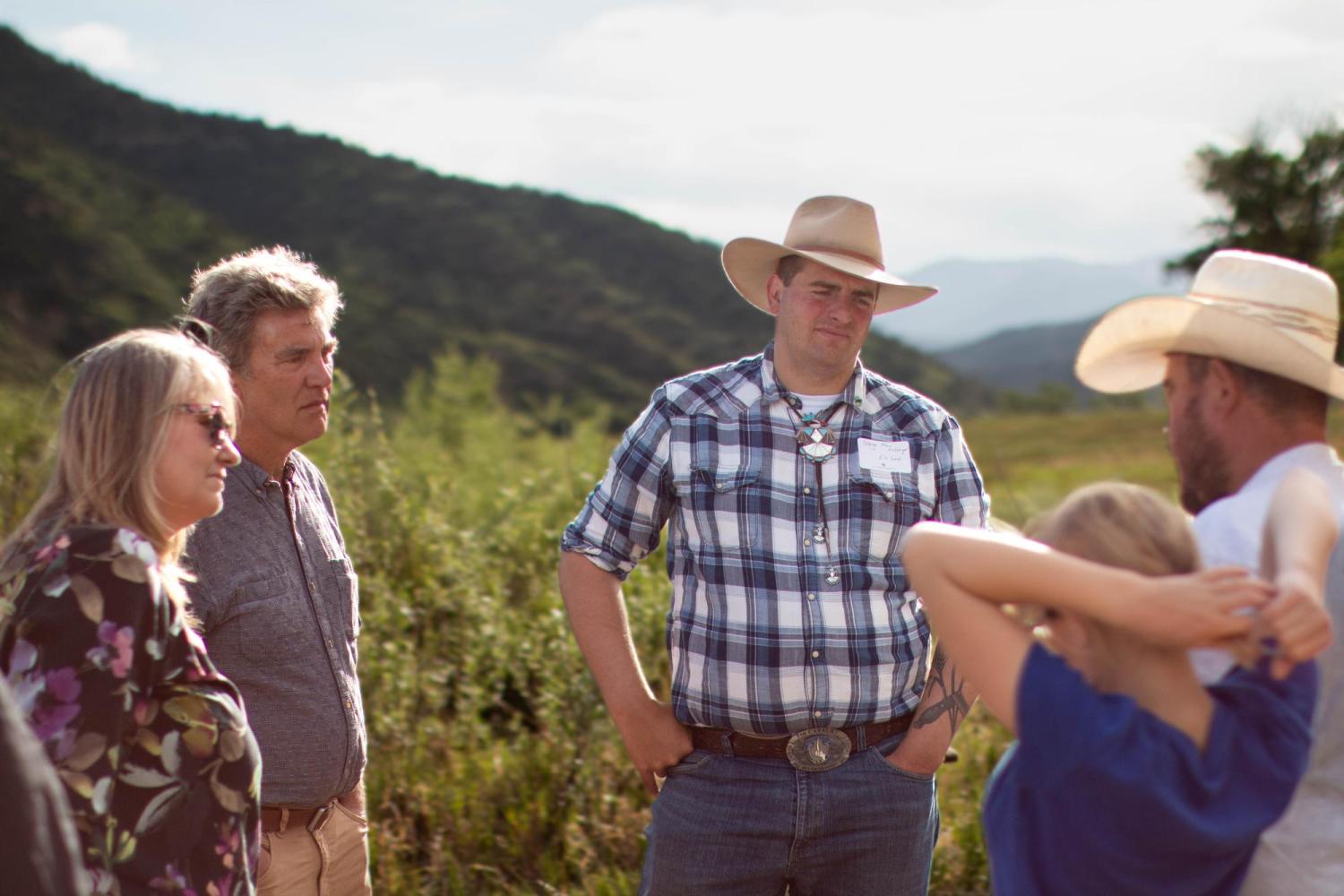
2022
Community Perspectives Program and Higher Education and Democracy Initiative Launch
Programs supporting faculty-led partnerships in SE Colorado.

2024
Office for Outreach and Engagement Becomes Office for Public and Community-Engaged Scholarship
Office for Outreach and Engagement renames to Office for Public and Community-Engaged Scholarship; moves to new, expanded office space in the Rose Litman Research Laboratory Building.


